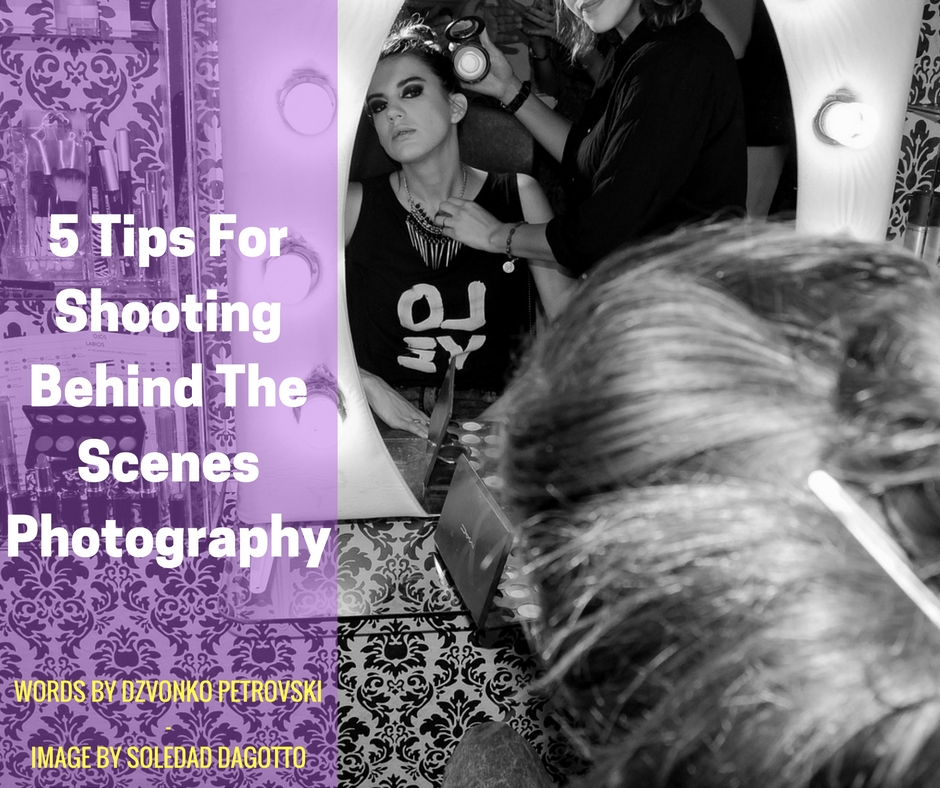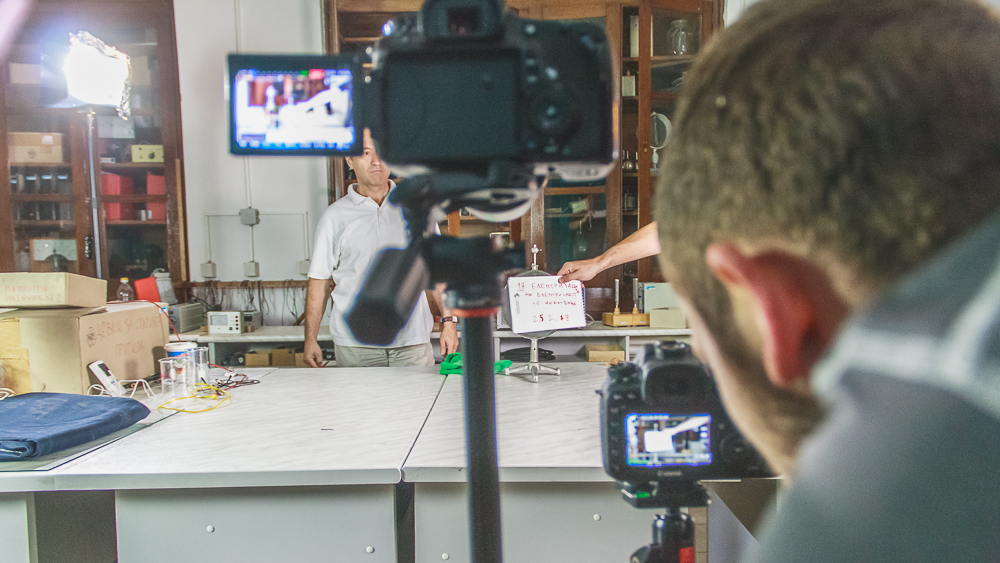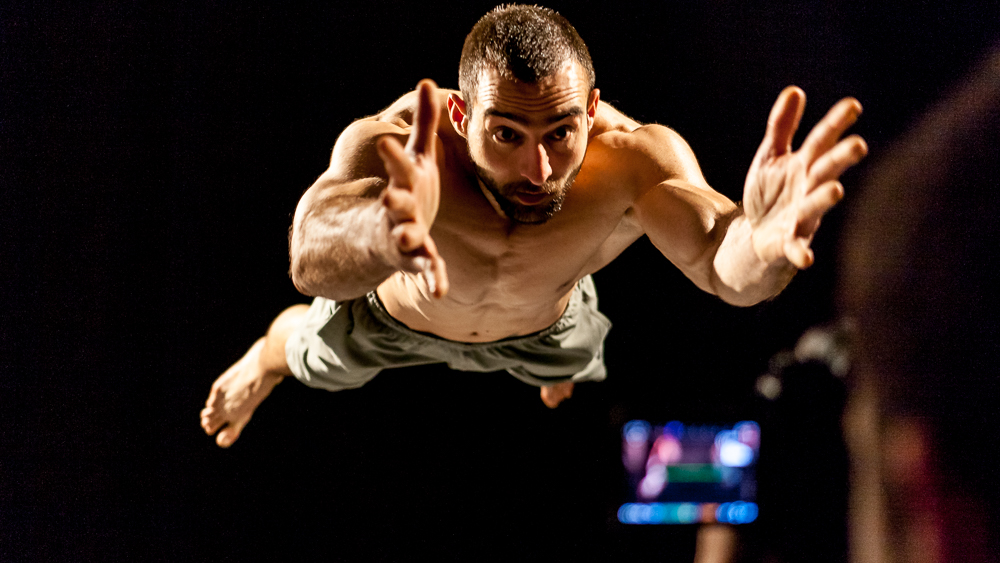
Here Are 5 Tips For Shooting Behind The Scenes Photography
Sometimes you’ll be required to shoot behind the scenes for a project that needs to be documented. This can actually be quite fun. You are there, ghost deep inside the production machine, creating history to be used as a source for future memories.
Of course, besides memories, the press will probably use the photos as well, since they can attract publicity.
So how does one shoot successfully Behind The Scenes?
1. Knowing The Process
If you know the process of the event you’re about to shoot – whether it’s a movie set or backstage at a concert – it will help you get great shots. Shooting behind-the-scenes photographs is all about being in the right place at the right time, ready to capture the essence of the scene at hand. Learn to anticipate.

If you aren't sure how the event will play out, make sure you find out as much about it as you can beforehand. It doesn’t matter whether you ask the organizers a few questions or do your own research. Just get the job done.
Learn Event Photography with this excellent online Video Course brought to you by Steele Training. This course teaches you the techniques used by event professionals to get great photos—every time—even in the most difficult conditions.
2. Be A Ghost
When shooting behind the scenes, you are a ghost. You need to work without disturbing anything or anybody. To do so, as we’ve said, you need to know how the event will play out.
Imagine being on a movie set where the costs are huge and you ruin a take or two because the sound guy picks up your beep and camera shutter. You must be a meticulous ghost in situations like these.
You need to know when you can shoot and when you can't. You need to know when you can move and when to stay extremely quiet. In other words, like a ghost.
Don’t be intimidated by all this, since 90% of the things you can and cannot do are basically common sense. There will be a few event-specific details you need to be informed about, but once you’re aware of them, you’ll do just fine.
3. Capture Moments, Not Equipment
This is something beginners usually do. And even though it’s not a big problem, it’s not the only thing that needs to be photographed. Equipment is part of the event you’ll be documenting, but it’s nowhere near as important as the people doing their jobs.
Always try to capture people first – people in their “natural environment”, we could say. Focus on their expressions, moments of glory, their mistakes, moments funny and sad, and everything in between.

Of course, you’ll have to capture the set, but a few pictures would do just fine. If you think there's something unique, capture that too, but don’t dwell on it too long. You might miss some important action on the human side.
4. Improve Your Photojournalistic Style
Behind-the-scenes shooting is similar to being a photojournalist. It is less about the art and more about the documentation of events as they are. Of course, nobody says you can’t be artistic, but make sure you have all the pictures you need, ones where events are clearly visible, nicely composed, and efficiently captured.
Artistic photographs are always welcome, of course, but the primary goal should be documentation. Therefore, put your emphasis there.

5. Be An Observant Photographer
As a part of photographic skill and photojournalistic style, being observant is crucial. But in scenarios like these, you have to be very observant. Since many things will be happening around you at the same time, you have to be on the lookout for almost anything at any given time. Great shots, or moments when you have to be quiet and out of the way, require awareness of everything happening around you.
Summary
Shooting behind the scenes is fun, and you'll learn many things. Doing so is also great for networking, which in the photography business is one of the most important things you can do.
Additionally, as mentioned above, having previous knowledge about the event you’re about to shoot helps a lot. Being aware of your surroundings, and approaching everything with a photojournalistic touch without interfering with the scene, will be your road to a successful “behind the scenes” job.
Learn Event Photography with this excellent online Video Course brought to you by Steele Training. This course teaches you the techniques used by event professionals to get great photos—every time—even in the most difficult conditions.
Further Resources
- Ask The Right Questions…To Learn Better Photography by Dzvonko Petrovski
- What You Need to Know About Event Photography BEFORE You Take That Gig by Dzvonko Petrovski
- A Brief History of Photojournalism by Rachael Towne




